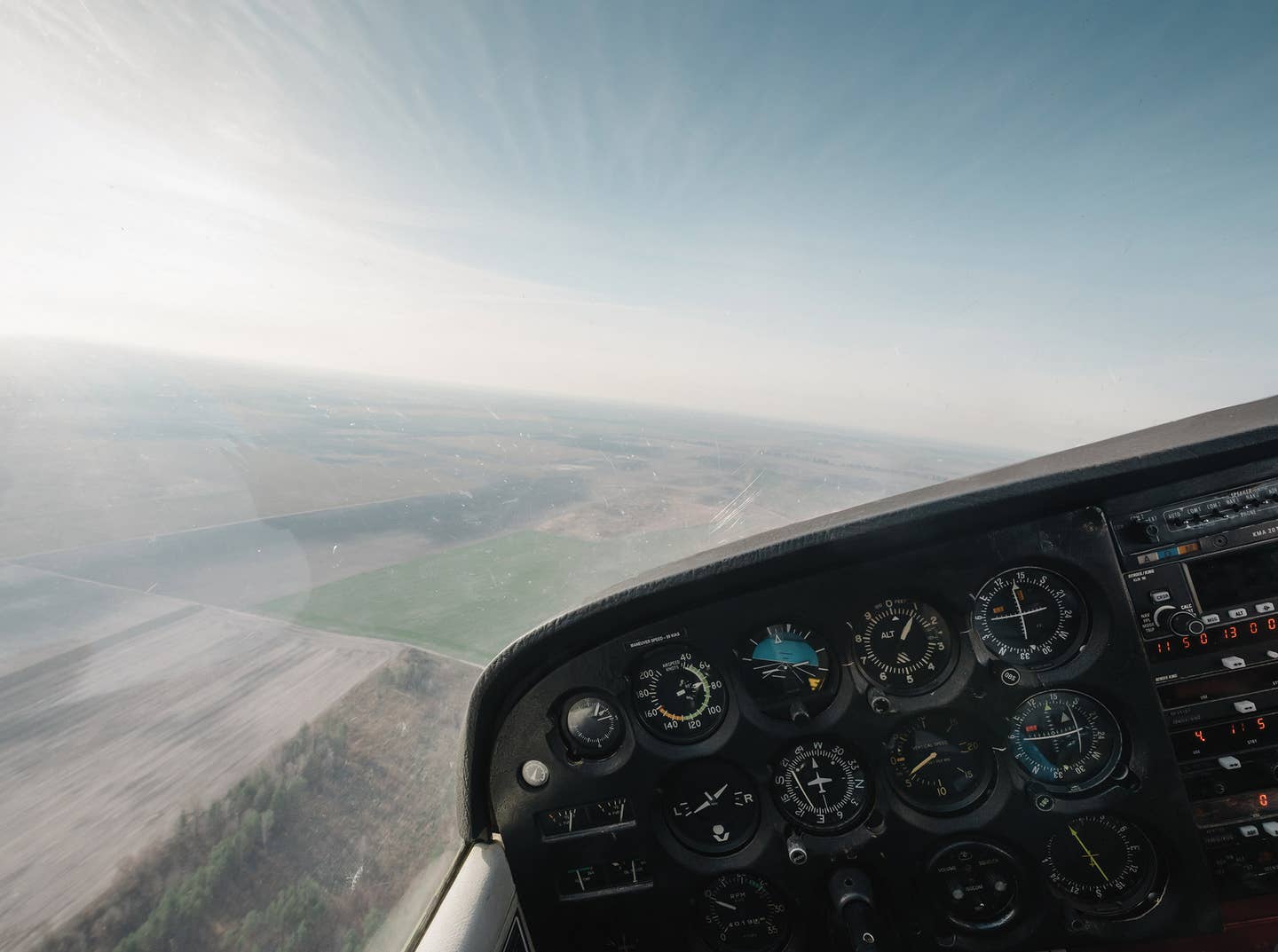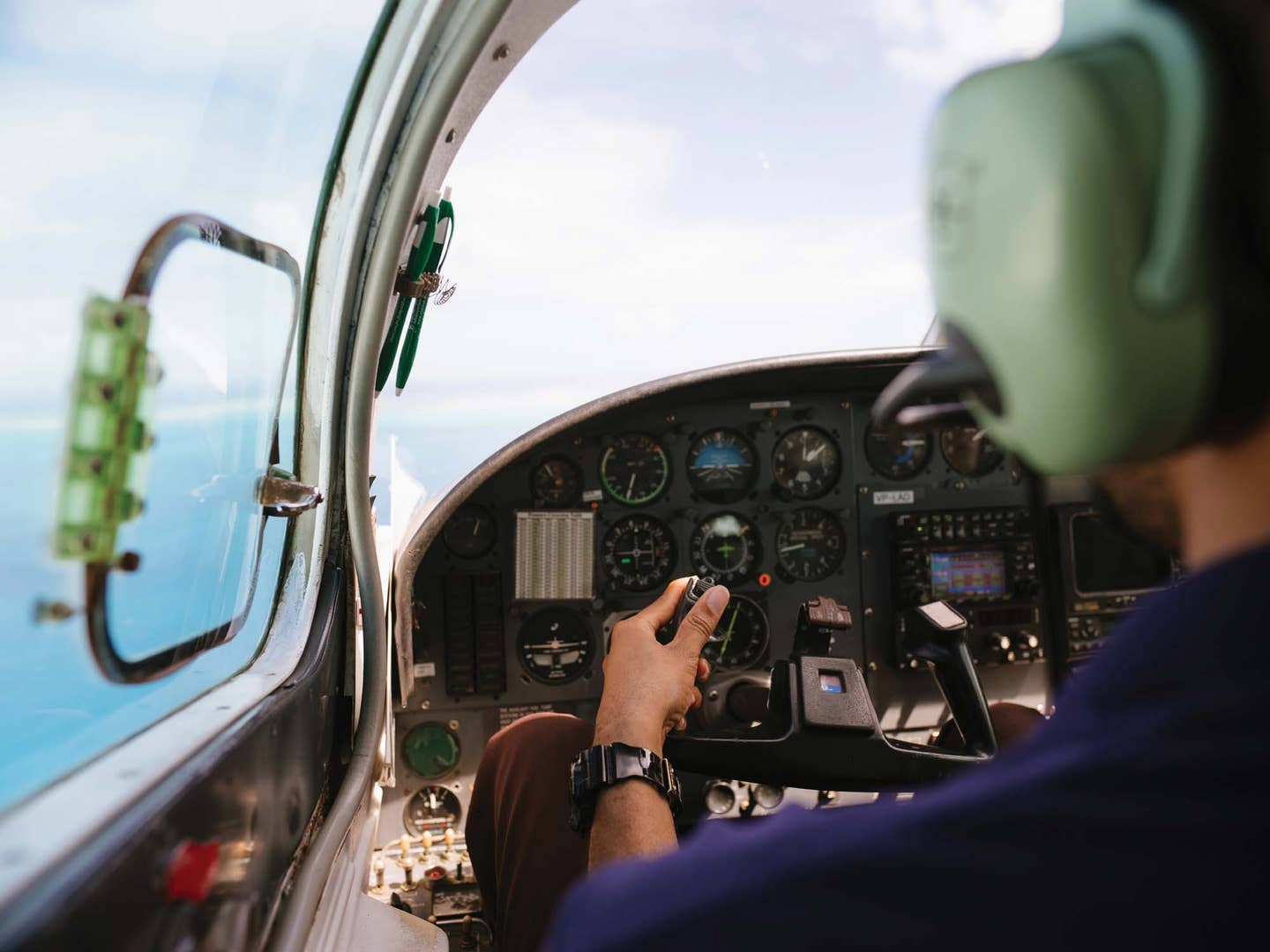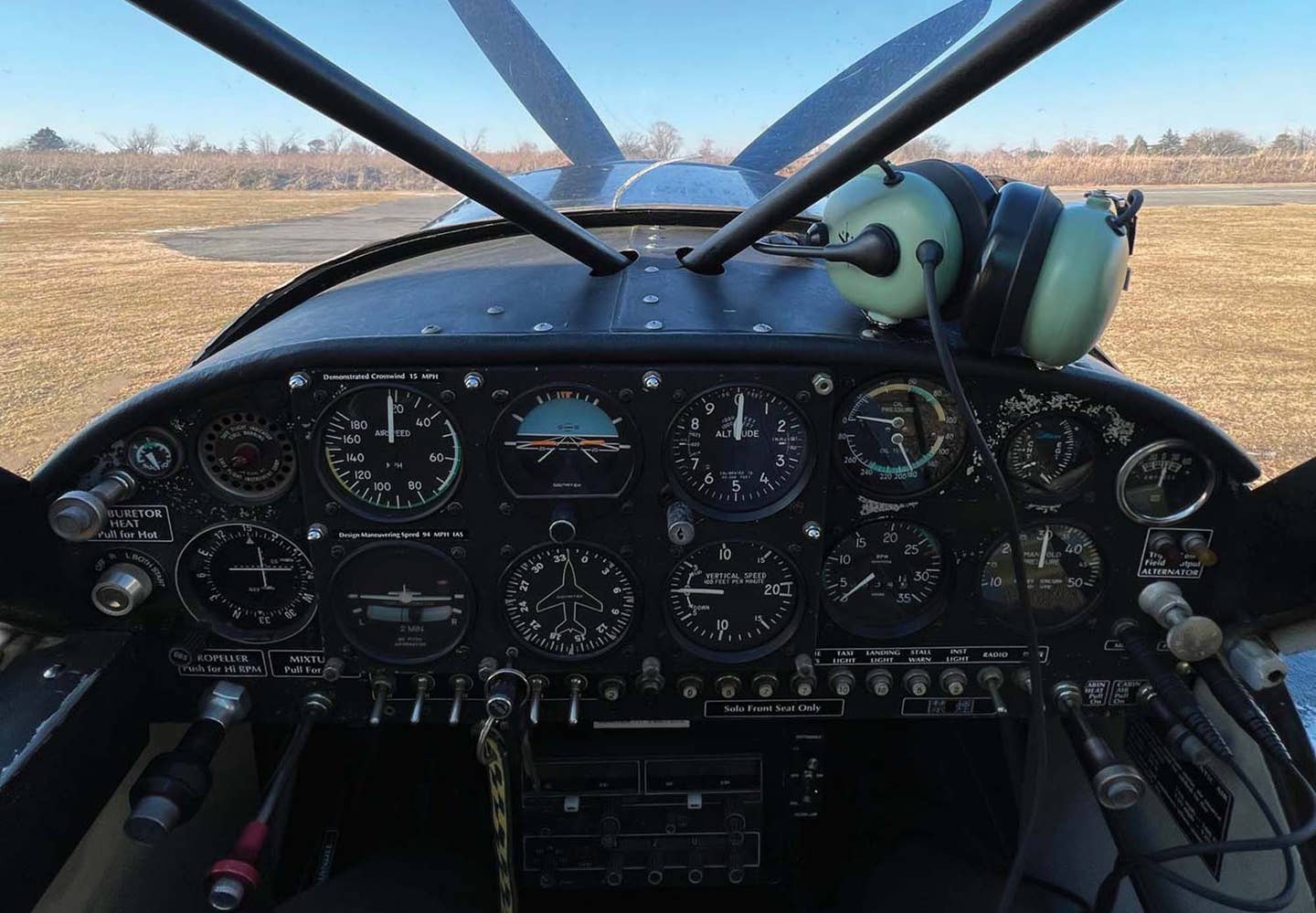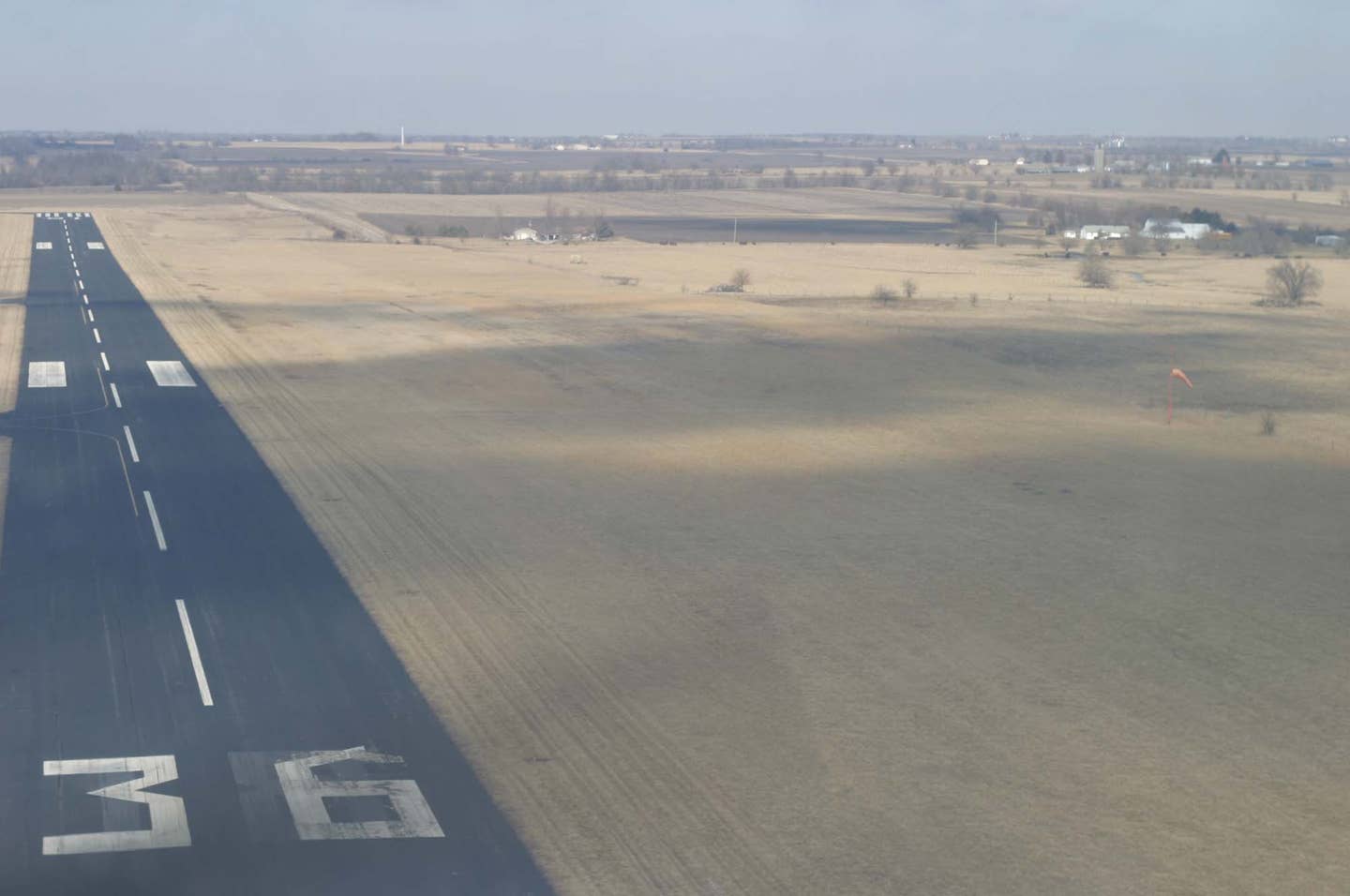Learning the Lingo
Of all the challenging tasks confronting newcomers to aviation, perhaps the least-appreciated and most difficult to overcome is learning to speak the language of aviation. Our lingua aerial is full…
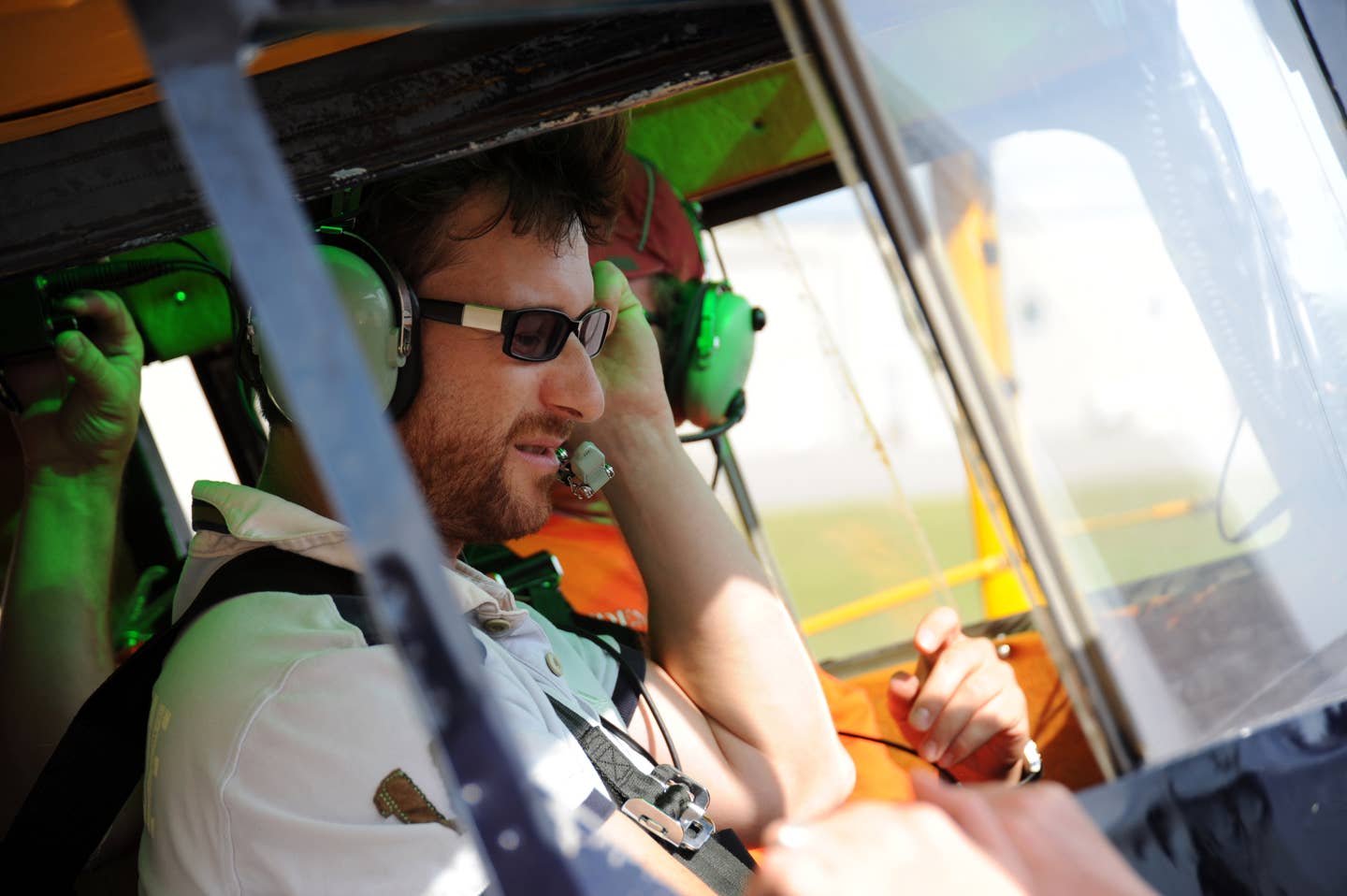
There’s a danger in picking up words without also acquiring their meaning. [image: Adobe Stock]
Of all the challenging tasks confronting newcomers to aviation, perhaps the least-appreciated and most difficult to overcome is learning to speak the language of aviation.
Our lingua aerial is full of strange new terms unrelated to those of other activities that may have been encountered heretofore. “What's a 'pitot tube' or 'VOR?'” beginners will ask. A “chord line” might logically have something to do with holding strung fish, and a “class,” as pertaining to aircraft and pilots, carries an entirely different meaning than social status or botanical divisions.
Most new immigrants to our world of flight pick up the language rather quickly, acquiring it conversationally from speaking with other pilots and listening to training videos. Even so, they can be misled by over-reliance on casual acquisition. One older pilot at our airport called RNAV (random, or area navigation) “Ray-Nav” instead of “Are-Nav”, infecting a few pilots along the way. And a local CFI always persisted in announcing that he was “backpacking” for departure; we all knew he was back-taxiing on the runway.
So, learners have to rely on correct sources, to get it right. Adopting other pilots' speech leads to errors like the commonly heard announcement “turning final for runway zero-one,” even though there's never a zero cipher painted on the runway in this country. ATC would simply clear you land on “runway one.”
I remember, years ago, watching a ground-school presentation of an instructor teaching sectional-chart pilotage navigation. He pointed to a black landmark spot labeled “Cem” and referred to it as “the small town of Cem” without further explanation of its non-living residents. The FAA now prints it out as “Cemetery.”
Airport surroundings are fraught with new terms. The place airplanes are parked can be called “ramp”, “apron” or “tie-downs.” The shed where they are stored is a “hangar”, not a “hanger”, and the propelling fluid is “fuel” not “gas.” And why do we “shoot” a landing, but not a takeoff? We don't drive the airplane on the ground, we “taxi” it to something called the “run-up area.”
There's a danger in picking up words without also acquiring their meaning. During the pre-takeoff ritual, learners dutifully check their “mags,” but when asked what they are looking for, they can't relate the slang for “magneto” to ignition and its potential for misfire. Similarly, they talk of “carb heat” without knowing how a carburetor actually works. Fluency should not be presumptive of understanding.
Commonly used terms sometimes don't mean what they really say. When we say “it's VFR” we're really referring to the weather, which currently meets visual meteorological standards, not the flight rules that apply. “Solo” is obviously the opposite of “dual” (instruction) when student pilots log flight time, but it's also redundantly counted as “PIC” (pilot-in-command), more properly used as a tie-breaker designation when two or more pilots are on board. A now-archaic term was “supervised solo”, denoting that an instructor was in the loop as well.
An FAA inspector once pointed out to me that I had not really earned a private pilot “license.” The FAA does not give licenses, but “certificates” carrying certain privileges. “This certificate,” he intoned, “only gives you a license to learn.” Thus, the affectation “PPL” acquired from international usage is rather a pointless nomenclature in the U.S.
New aeronautical colloquialisms crop up every now and then, some of which are not really productive. “On the go” is now a popular way to announce that you're in the midst of a touch-and-go, an intention that you probably already communicated. “Last call” seems to be a good-bye salute, given when you're departing the area, as if anybody in the bar cares. “Anyone in the area, please advise” remains trendy, official admonitions to the contrary, tempting listeners to respond, “What advice do ya need?”
Most of our misunderstandings during the learning process have limited consequences, and we soon acquire understanding with a bit of practice. Stumbling along the way only results in snickers and sniping from upper-class learners. For my part, I'm still learning new expressions as aviation requires continual upgrading of my communication skills.

Subscribe to Our Newsletter
Get the latest Plane & Pilot Magazine stories delivered directly to your inbox

